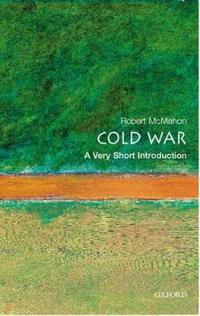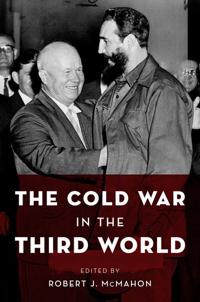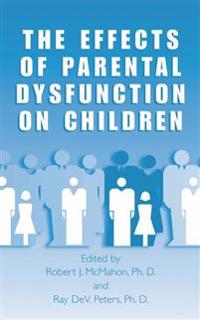The Cold War (Häftad)
avRobert J. McMahon
ISBN: 9780192801784 - UTGIVEN: 200303The massive disorder and economic ruin following the Second World War inevitably predetermined the scope and intensity of the Cold War. But why did it last so long? And what impact did it have on the United States, the Soviet Union, Europe, and the Third World? Finally, how did it affect the broader[...]
The Cold War in the Third World (Häftad)
avRobert J. McMahon
ISBN: 9780199768691 - UTGIVEN: 2013-06THE COLD WAR IN THE THIRD WORLD explores the complex interrelationships between the Soviet-American struggle for global preeminence and the rise of the Third World. Those two distinct but overlapping phenomena placed a powerful stamp on world history throughout the second half of the twentieth cent[...]
Cold War on the Periphery, The: The United States, India and Pakistan (Övrig)
avRobert J. Mcmahon
ISBN: 9780231082273 - UTGIVEN: 1996-05-03Focusing on the two tumultuous decades framed by Indian independence in 1947 and the Indo-Pakistani war of 1965, The Cold War on the Periphery explores the evolution of American policy toward the subcontinent. McMahon analyzes the motivations behind America's pursuit of Pakistan and India as strate[...]
Limits of Empire, The: United States and Southeast Asia Since World War II (Övrig)
avRobert J. Mcmahon
ISBN: 9780231108805 - UTGIVEN: 1999-02-03In the years following World War II, as the United States began to focus on the global containment of communism, few regions of the world were considered as much of a potential battleground as Southeast Asia. Robert McMahon contends that policymakers exaggerated the significance of the region within[...]
Limits of Empire, The: The United States and Southeast Asia Since World War II (Övrig)
avRobert J. Mcmahon
ISBN: 9780231108812 - UTGIVEN: 1999-01-20In the years following World War II, as the United States began to focus on the global containment of communism, few regions of the world were considered as much of a potential battleground as Southeast Asia. Robert McMahon contends that policymakers exaggerated the significance of the region within[...]
The Effects of Parental Dysfunction on Children (Pocket)
avRobert J. (EDT) McMahon, Ray Dev. (EDT) Peters, Robert J. (EDT) McMahon
ISBN: 9781461368120 - UTGIVEN: 2012-09Recent experience with interventions designed to promote the well-being of children and to prevent mental health problems has identified particular challenges in families with disordered parents. These families are often very difficult to engage in mental health promotion and prevention programs, an[...]








